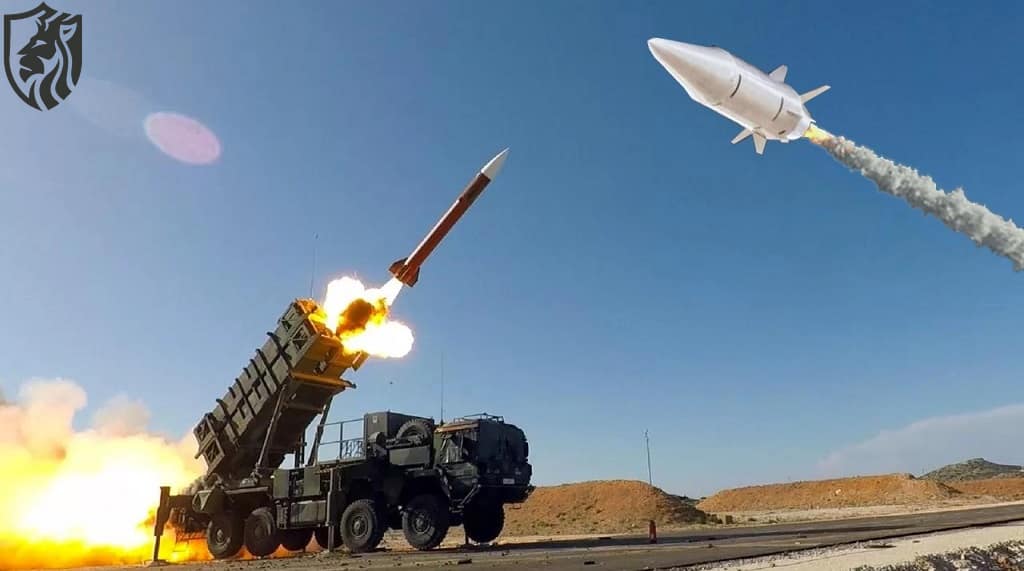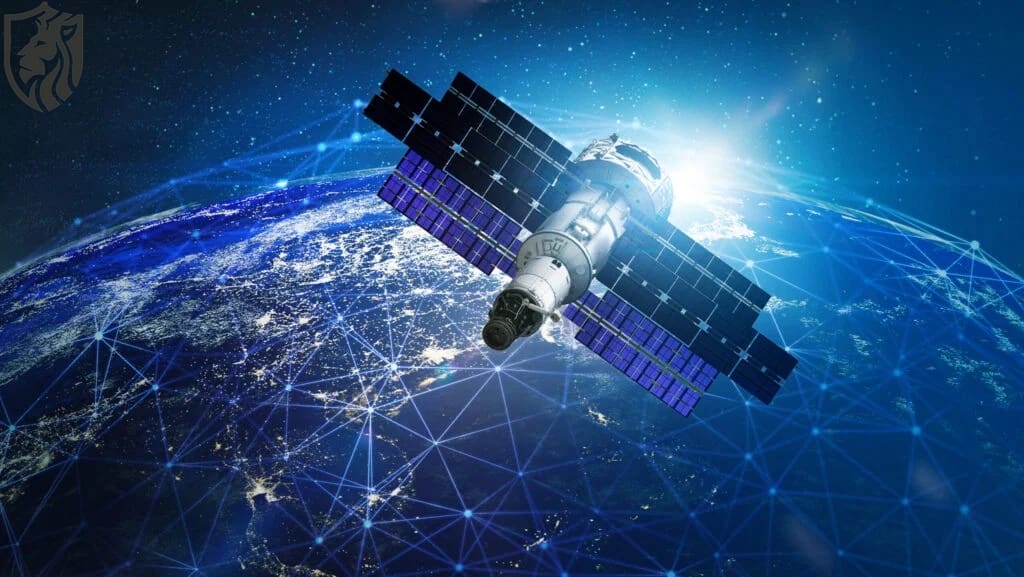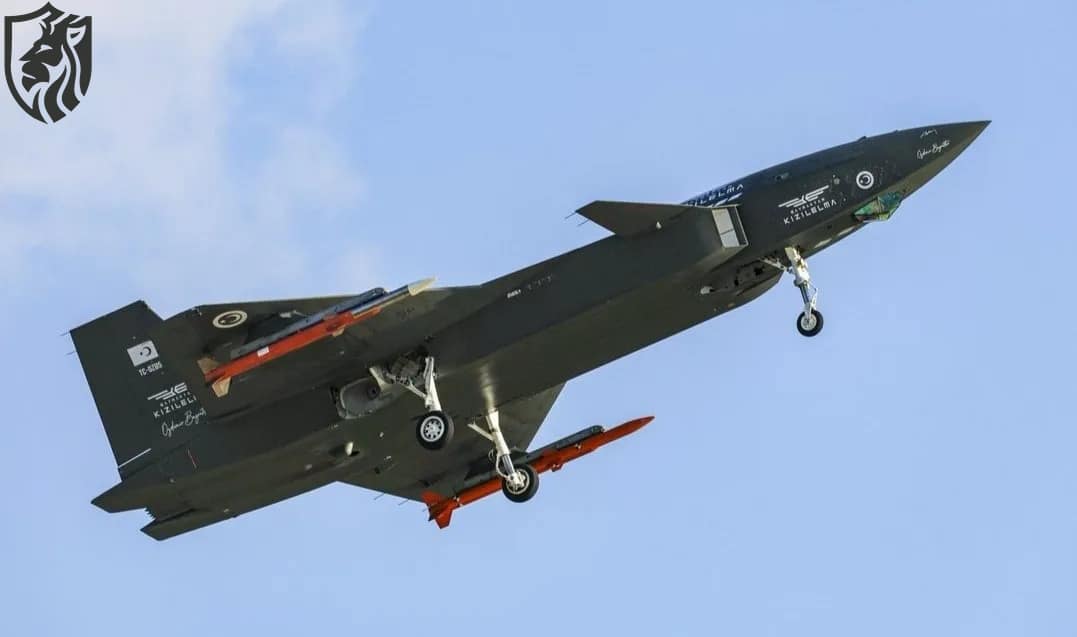
On the morning of November 17, Kyiv witnessed an intense missile assault, with Russian forces launching a coordinated attack involving kamikaze drones and hypersonic missiles. The drama of interceptions over Kyiv, where Patriots and Kinzhals clashed, was a pivotal moment in the ongoing conflict. Residents of Kyiv were forced into subway stations for shelter, illustrating the growing intensity of the war. One of the missiles used was the Kh-47M2 Kinzhal, notorious for its hypersonic speed and ability to evade traditional air defences.
A Widespread Assault Across Ukraine
The conflict between Patriots and Kinzhals during the interception drama over Kyiv extended beyond the capital. Odesa experienced power and water outages following direct hits on its energy infrastructure. Poltava, Chernihiv, and Volyn also reported attacks, with emergency shutdowns implemented nationwide to mitigate further damage. Despite real-time tracking by Ukrainian military and intelligence channels, missile impacts near areas such as Yaremche and Bukovel created uncertainty and widespread alarm.
Patriot Systems Engage Hypersonic Threats
The interception drama over Kyiv demonstrated the capabilities of U.S.- and German-supplied Patriot air defence systems. Designed to counter hypersonic missiles, like the Kinzhal, these systems played a pivotal role in neutralising threats. Reports confirmed successful intercepts over Kyiv, with debris landing in areas like the Dnipro district. However, the system’s limitations became evident as saturation attacks involving drones and missiles stretched their capabilities.

Challenges of Large-Scale Attacks
The drama of interceptions over Kyiv, where Patriots and Kinzhals clashed, highlighted the difficulties that air defence systems faced. Hypersonic missiles, such as the Kinzhal, travel at unprecedented speeds with unpredictable trajectories, making interception complex. Moreover, kamikaze drones served as diversions, forcing Ukraine’s defence operators to spend high-value interceptors on lower-priority targets.
Energy Infrastructure: A Key Target
Russia’s focus on Ukraine’s energy infrastructure was a central theme in the interception drama over Kyiv, pitting Patriots and Kinzhals against each other. Power plants, transmission facilities, and energy hubs across the country became prime targets. In Odesa, the electric transport system ceased operations due to severe disruptions, while Kyiv implemented emergency power cuts under instructions from Ukrenergo. These attacks significantly strained the resilience of Ukraine’s power grid as winter loomed.
The Strategic Role of Patriot Systems
The conflict between Patriots and Kinzhals during the interception drama over Kyiv underscored the strategic significance of Patriot air defence systems. Supplied by the U.S. and Germany, these advanced systems are among the few globally capable of intercepting hypersonic threats. Each battery combines radar, command posts, and launchers capable of firing PAC-2 and PAC-3 interceptors. Their deployment near critical infrastructure underscores their significance in protecting Ukraine’s urban centres.
Saturation Attacks: A Deliberate Russian Strategy (Patriots and Kinzhals)
Russia’s tactics in the interception drama over Kyiv, where Patriots and Kinzhals clashed, demonstrated a deliberate attempt to overwhelm Ukraine’s defences. By saturating the airspace with simultaneous threats, Russian forces aimed to deplete Ukraine’s interceptors and expose vulnerabilities in its defence systems. Videos of successful missile strikes underscored the difficulties encountered when resources are scarce.
Balancing Defence Strategies
The conflict between Patriots and Kinzhals during the interception drama in Kyiv underscored the necessity for a well-rounded air defence strategy. Relying solely on high-cost systems like the Patriot can prove unsustainable. Integrating smaller, more cost-effective defence mechanisms is crucial to efficiently countering drones and other low-cost threats.
Poland on High Alert
As the interception drama over Kyiv unfolded, with the Patriots and Kinzhals locking horns, neighbouring Poland raised its fighter jets, including F-16s and MiG-29s, to high alert. This precaution aimed to intercept any missiles straying into NATO airspace. The move reflects growing tensions and the potential for conflict spillover to allied territories.

A Turning Point in Modern Warfare
The interception drama over Kyiv, where Patriots and Kinzhals engage in combat, represents one of the most significant missile assaults since the conflict’s inception. Ukrainian defence officials have called it a pivotal moment in modern warfare, where advanced missile systems like the Kinzhal clash with cutting-edge air defence technologies. Despite successes, challenges remain, including the limited number of Patriot systems and the complexity of defending against large-scale attacks.
Patriot Deployment Across Ukraine
To maximise their impact, Patriot systems are strategically deployed in Ukraine. While specific locations remain classified, analysts believe some protect Kyiv, while others guard vital energy hubs and military installations in Western Ukraine. This layered approach integrates Soviet-era S-300 systems, enhancing overall effectiveness.
The Future of Defence Systems in Ukraine (Patriots and Kinzhals)
The conflict between Patriots and Kinzhals during the interception drama over Kyiv exemplifies the dynamic evolution of military technology. While Patriot systems have proven effective, continued support from international allies remains critical. Expanding Ukraine’s air defence capabilities with additional batteries and integrating next-generation technologies will be essential for countering future threats.
Conclusion
The conflict between Patriots and Kinzhals during the interception drama over Kyiv demonstrates the resilience and adaptability of Ukraine’s defence forces. As hypersonic missile technology evolves, so must air defence strategies. The ongoing conflict highlights the importance of global cooperation in safeguarding national sovereignty and advancing military technologies to meet modern challenges.









